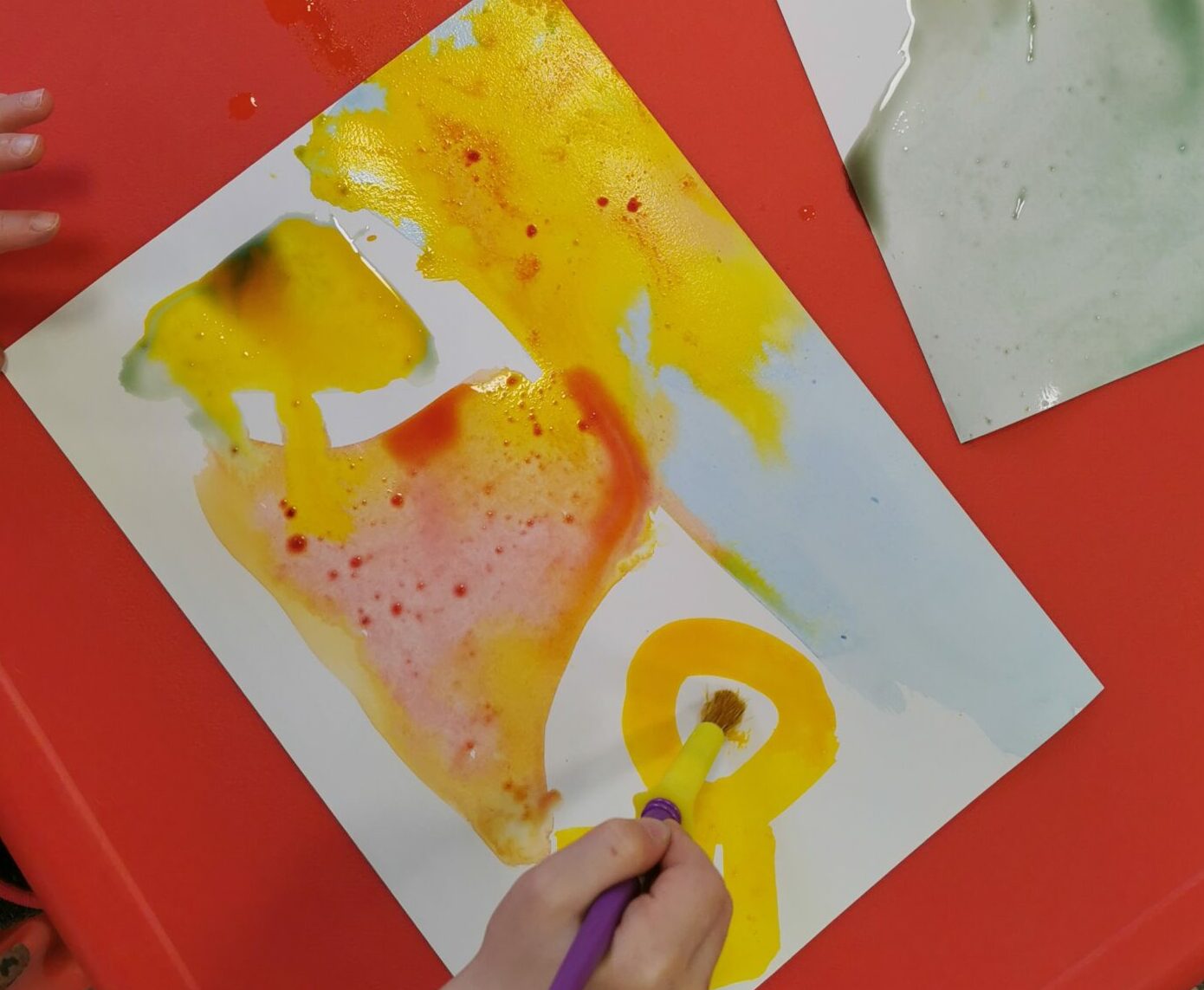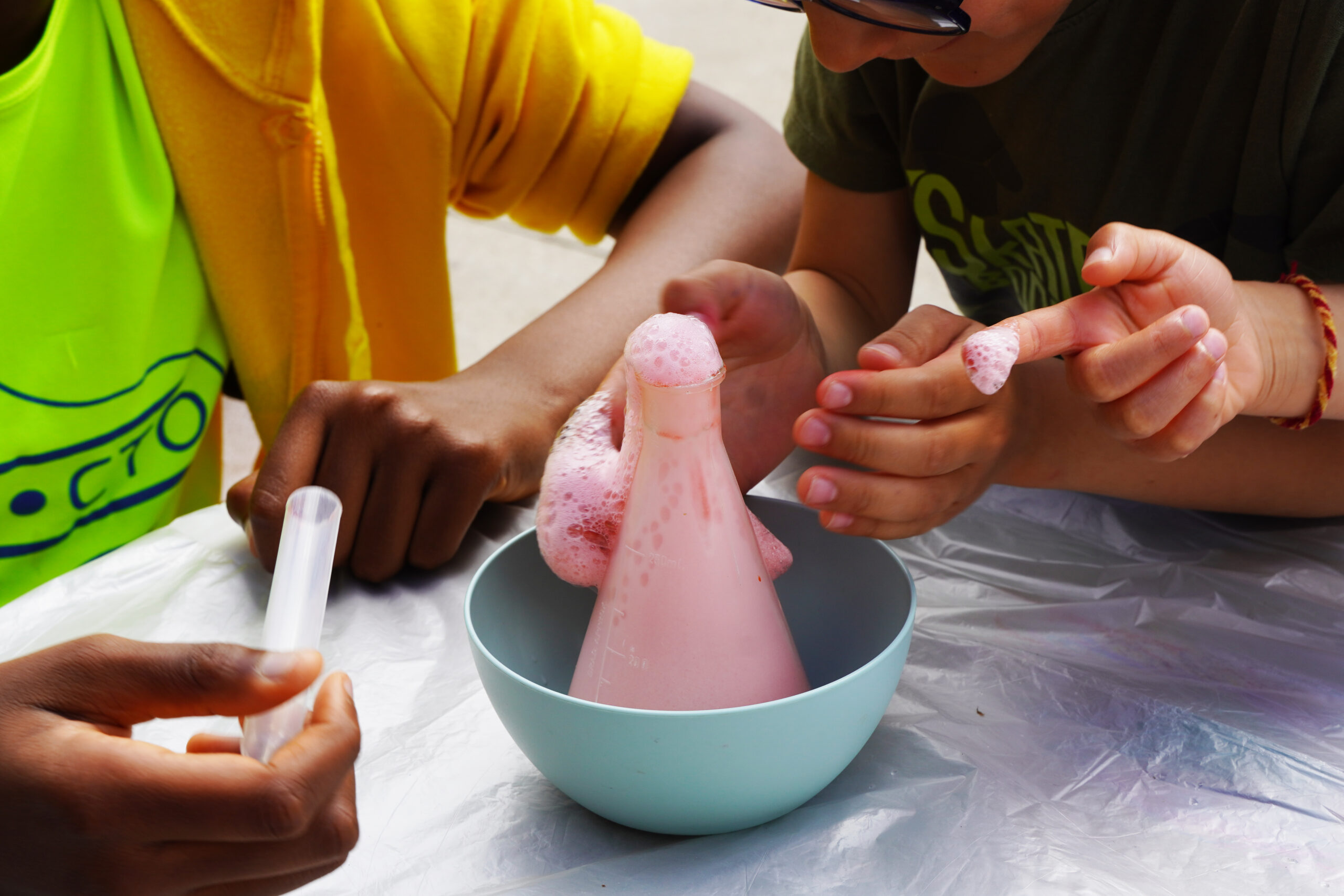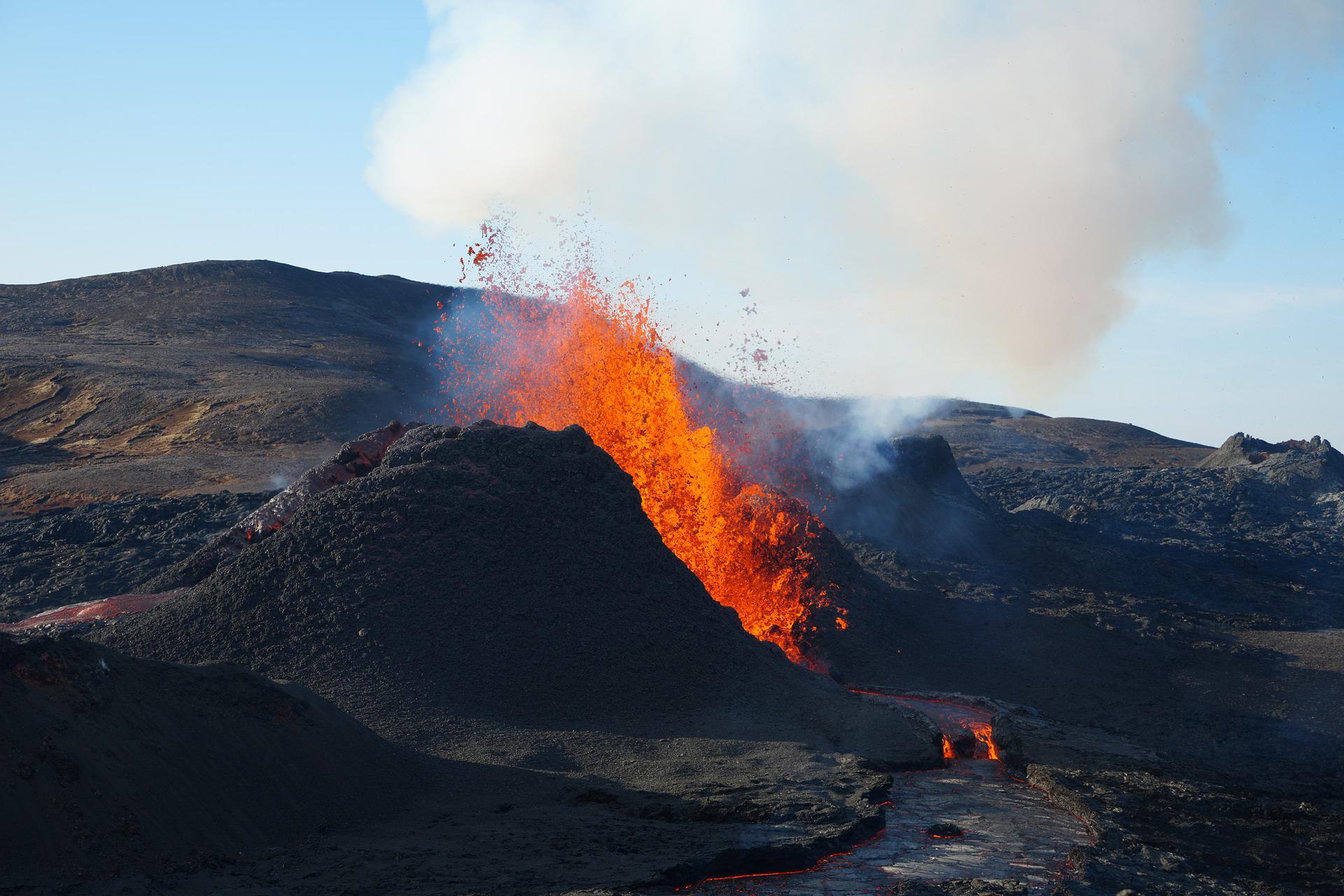In this activity we will delve into the natural risks derived from internal geological processes and the impact they have on human activity. We will learn to distinguish concepts such as hazard and risk, vulnerability and exposure, and damage and preventive measures. We will then delve into the world of seismology to understand the origin of earthquakes and, using design thinking techniques, we will design and build structures that minimise seismic effects and test them in an earthquake simulator.
Finally, we will discover the dangers associated with volcanoes and creatively solve different challenges to mitigate the effects associated with volcanic activity.


